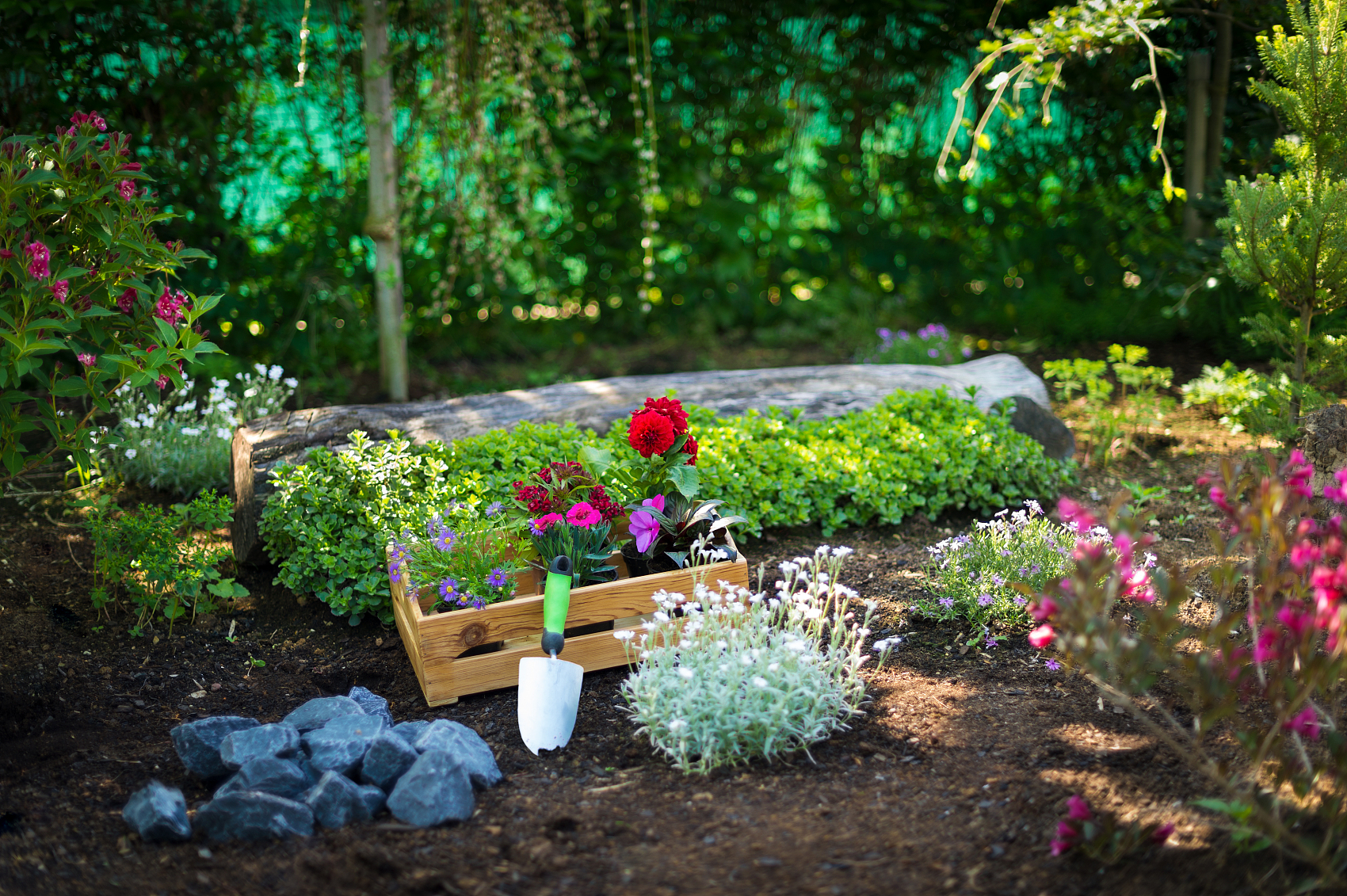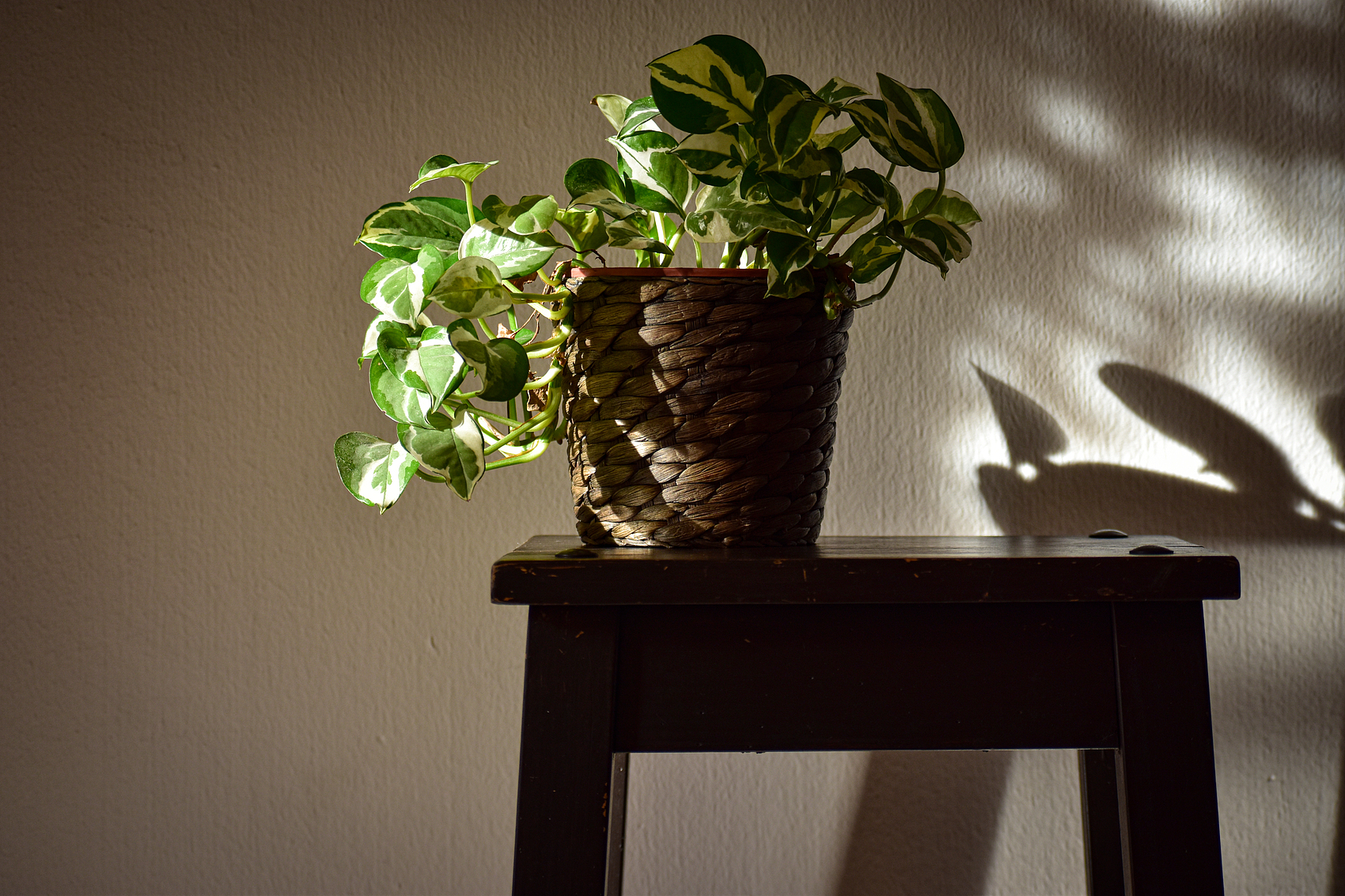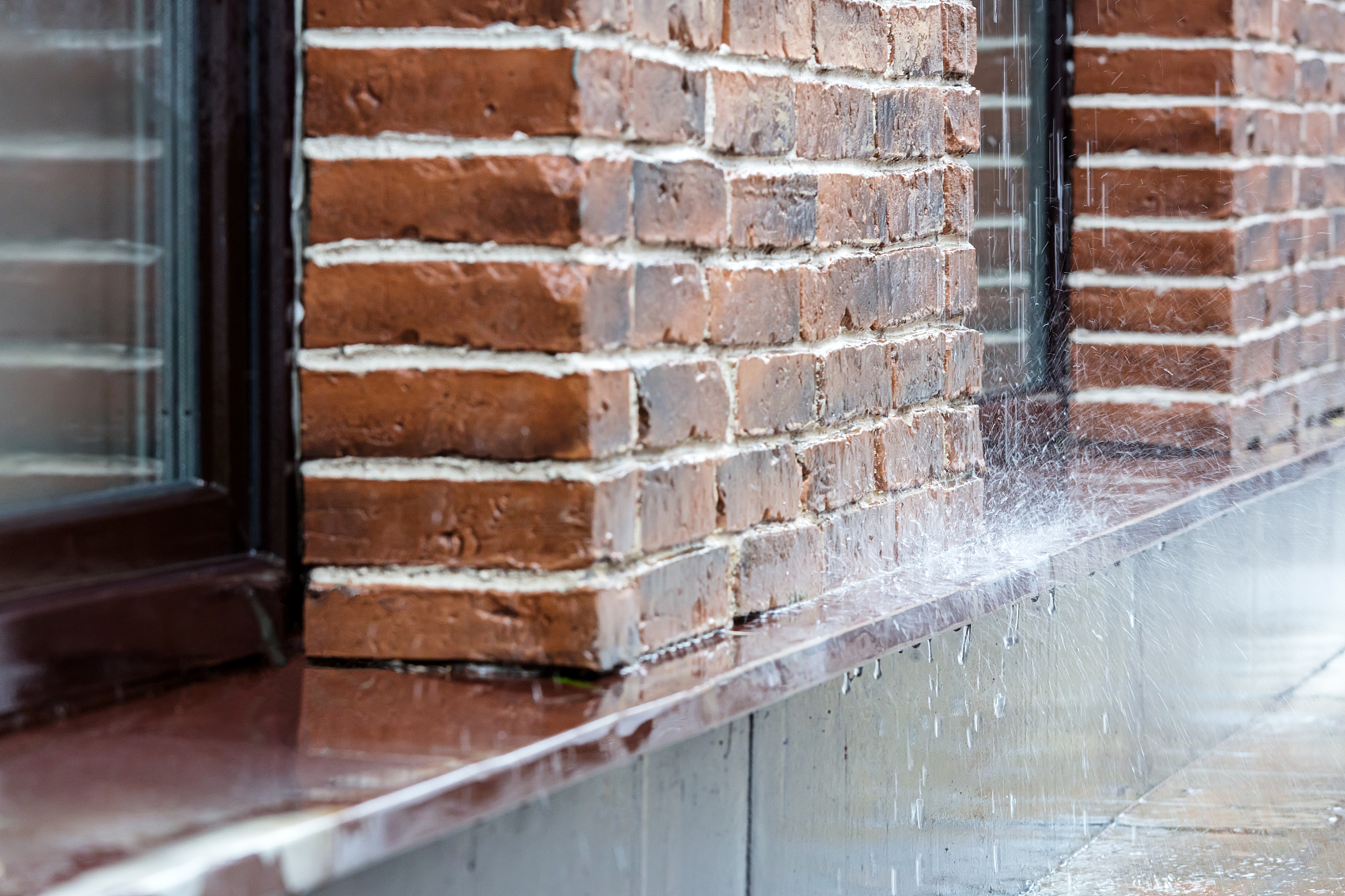Ants can be both a blessing and a curse for those who love their gardens. On the positive side, ants help control pest populations and aerate the soil, and some species even help by clearing away organic waste that could attract more harmful bugs. However, certain ant species create problems, such as slicing leaves or guarding aphids and other harmful insects that they farm like cattle. In defending these pests, ants will attack beneficial insects like ladybugs and parasitic wasps that threaten their “livestock.”
With an astonishing diversity of around 22,000 estimated species worldwide, encountering ants that negatively affect your garden is almost inevitable. Specifically, the Tetramorium spp., or pavement ants, can become troublesome, especially if they invade your garden during a pest outbreak.
What are Pavement Ants? Pavement ants, which may refer to a single species (Tetramorium caespitum) or the entire genus, are generally harmless to humans and pets but can invade homes seeking food. Notably, Tetramorium immigrans, introduced to the Americas in the 1800s, is now prevalent across urban and suburban areas in the U.S. Signs of their presence include tiny mounds of soil or sand in pavement cracks or between masonry sections.
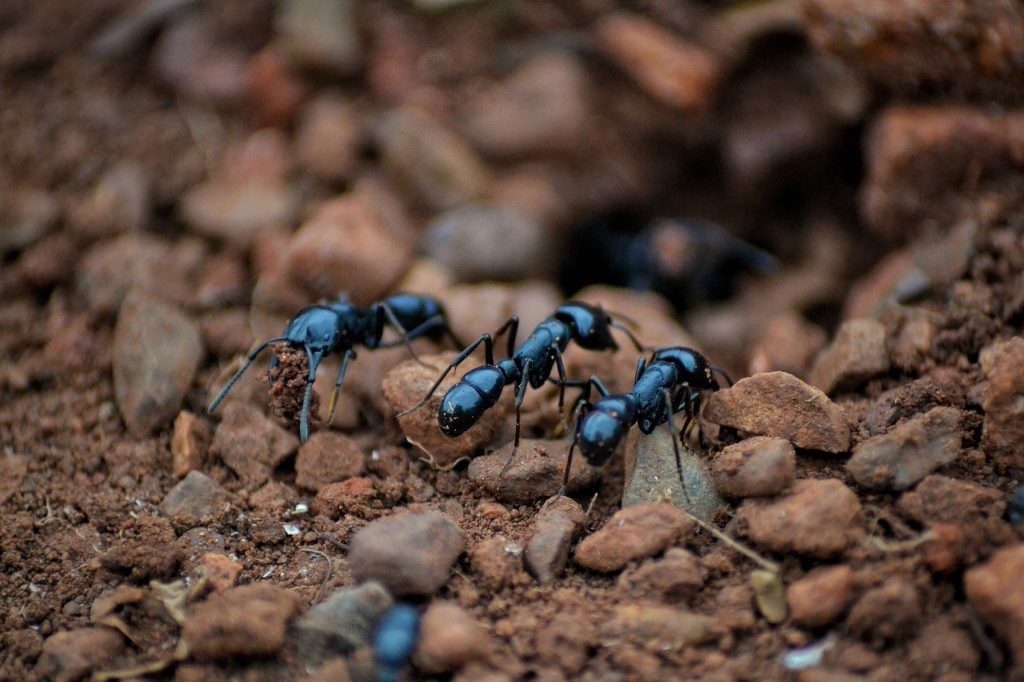
While pavement ants do not directly damage plants, they do feed on various garden elements such as dead plant or animal matter, sugary or greasy foods, honeydew, other insects, pet food, seeds, and human food waste. Consequently, they protect aphids and mealybugs from natural predators in exchange for honeydew, indirectly promoting infestations that put plants at risk.
Dealing with Pavement Ants Pavement ants typically nest under rocks, concrete, and other similar structures. Although small—ranging from 1/16” to 1/8″ in size—their colonies can expand rapidly and often have multiple queens. Spotting their trails, where ants march to collect food, is a clear indication of their presence.
How to Get Rid of Pavement Ants in the Garden To combat pavement ants effectively, here are some strategies, ranging from high-risk methods that might damage plants to safer, more environmentally friendly options:
- Fast and Dirty Approach: If you’re looking for quick results, trace an ant column back to its nest. Be cautious as this approach might harm nearby plants. Pouring boiling water over the nest entrance can kill many ants instantly but may also damage plant roots.
- Insecticidal Sprays and Dust: Use insecticidal sprays like Ortho Home Defense at identified nest entrances or ventilation shafts. These products kill on contact and leave a residual effect. However, they can also harm beneficial insects and are toxic to humans and pets.
- Neem Foliar Spray or Soapy Water: Both methods can suffocate ants if applied directly and are generally safe for plants, though sensitive plants may react negatively. These treatments need to be applied directly to the ants and do not impact the colony at large.
- Sticky Traps: More effective indoors, sticky traps can also be used around plants in the garden swarmed by ants. These traps can reduce the number of ants but won’t eliminate the colony.
- Bait Traps: Bait traps are among the most effective ant control tools. Slow-acting poisons allow ants to bring the toxin back to the colony, potentially killing the queen and destroying the nest. Homemade bait can be made from honey, peanut butter, and borax.
- Diatomaceous Earth: Food-grade diatomaceous earth is safe for humans and pets and kills ants by causing them to dehydrate. However, it needs frequent reapplication, especially after rain.
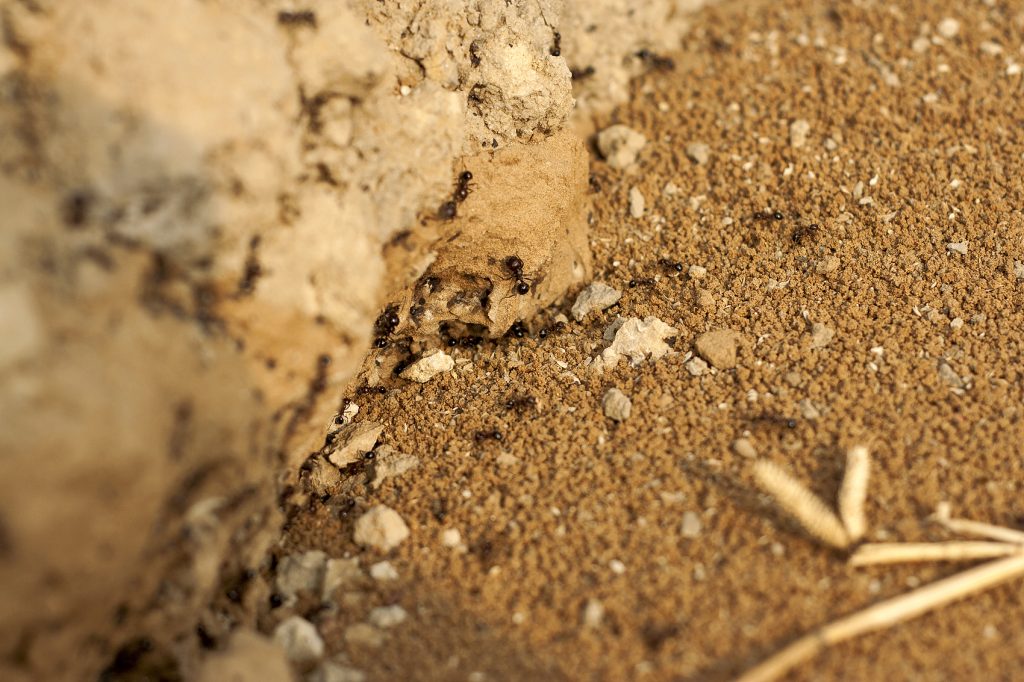
Bonus Tip: Companion Gardening Planting ant-repelling plants like cloves, lavender, rosemary, or turmeric can naturally keep ants away while enhancing your garden’s biodiversity and providing additional herbs for your kitchen.
By understanding the specific challenges pavement ants pose and employing thoughtful strategies, you can protect your garden and enjoy a healthier, more vibrant outdoor space.


